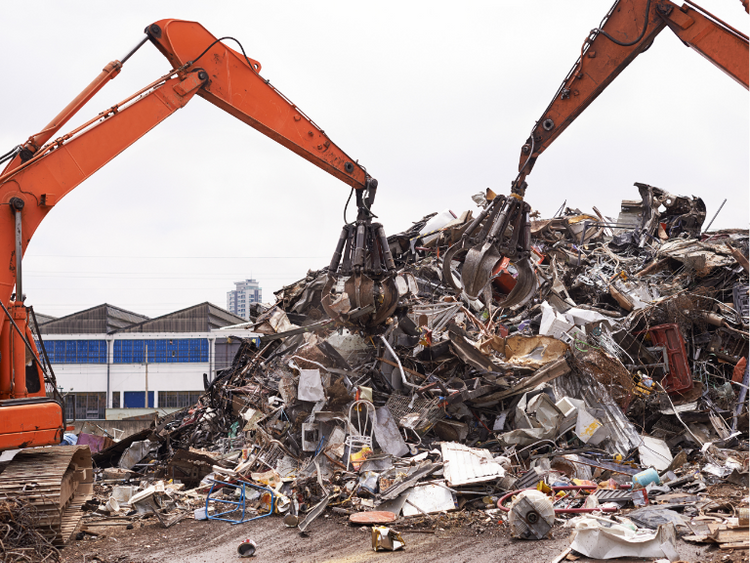Analysis

February 11, 2025
Apparent steel supply rebounds in December, but 2024 total at 4-year low
Written by Brett Linton
Following a multi-year low in November, the amount of finished steel that entered the US market rebounded in December, according to our analysis of recently released data from the Department of Commerce and the American Iron and Steel Institute (AISI). On an annual basis, 2024 marked the lowest level in the US apparent steel supply since 2020.
Apparent steel supply is calculated by combining domestic steel mill shipments with US finished steel imports and deducting total US steel exports.
Total apparent supply for December rose to a five-month high of 8.37 million short tons (st), up 722,000 st or 9% from the prior month when supply reached a 45-month low of 7.65 million st. December’s supply was 3% higher than levels recorded a year earlier.
Before the last two months of 2024, monthly apparent supply had stayed within the 8-9 million st range for more than two years. Recently supply reached a 21-month high of 8.90 million st in May 2024.
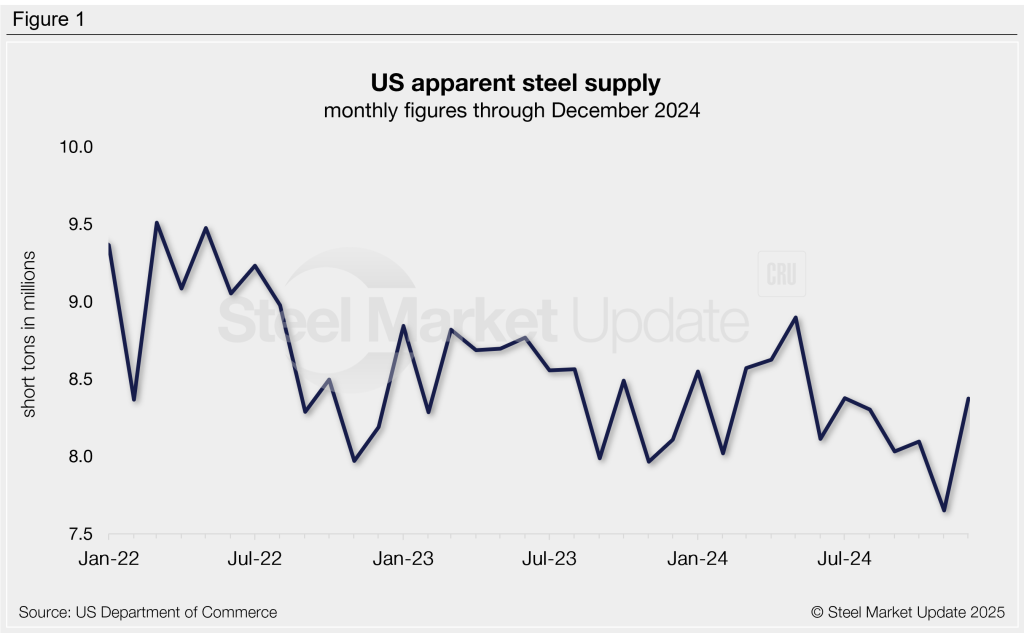
Trends
To smooth out monthly fluctuations and better highlight trends, monthly supply levels can be calculated on a three-month moving average (3MMA) basis, as shown in Figure 2.
Supply on a 3MMA basis has generally trended lower following the late 2021 peak of 9.87 million st. The 3MMA increased slightly, to 8.04 million st in December in the first month-on-month gain in seven months. This follows the near-four-year low 3MMA of 7.93 million st witnessed in November. One year prior, the 3MMA was 8.19 million st, and two years ago, it was 8.22 million st.
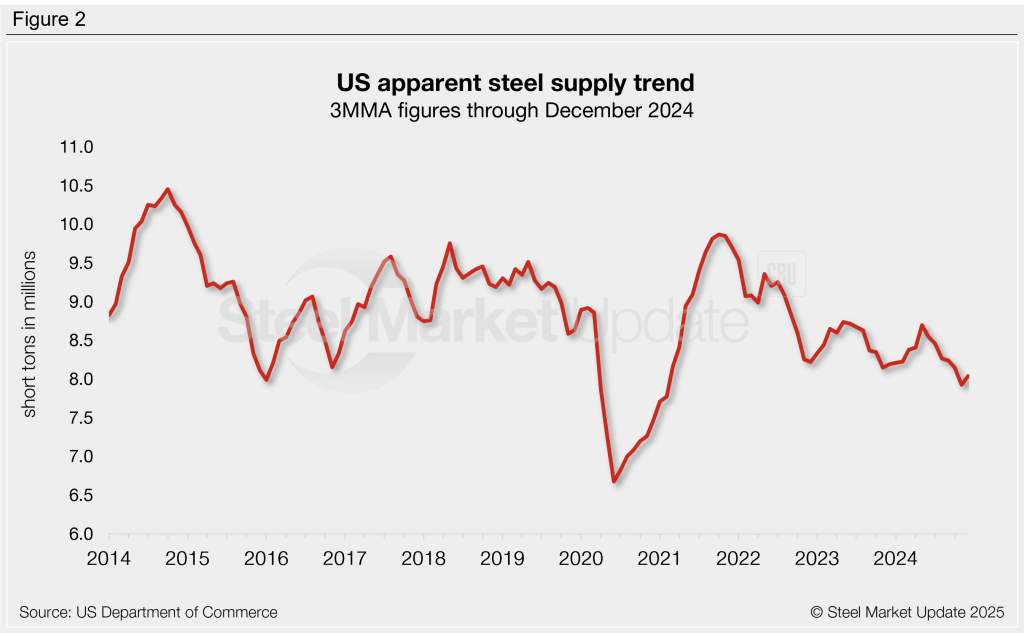
Figure 3 graphs the individual inputs for apparent supply, clearly showing the contributing factors for December’s increased volume.
- Domestic mill shipments surged 442,000 st in December to a four-month high, offsetting most of the declines from the previous three months.
- Although changes in finished imports and total exports have lesser effects on supply, both generally declined across the second half of 2024. Imports rose 14% from November to December, negating the 13% drop seen in the previous month. Exports fell in each of the last four months of the year.
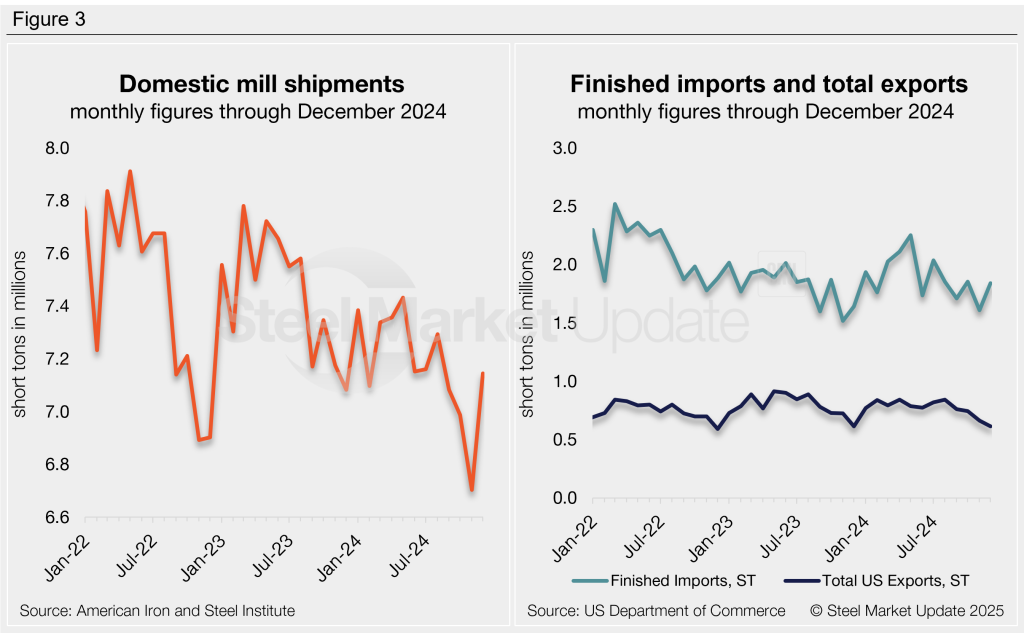
Total steel supply for the year was 99.6 million st, the lowest annual rate of the past four years (Figure 4). The last year to see a smaller supply was 2020, at 90.3 million st. And, before that, we have to look back to 2010 to find a year with a lesser volume.
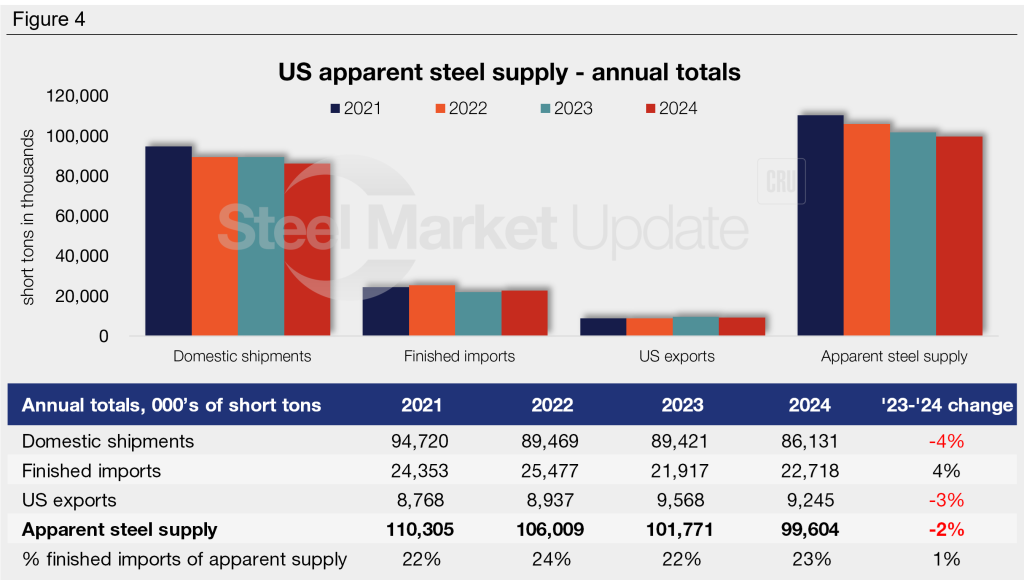
To see an interactive graphic of our apparent steel supply history, click here. If you need any assistance logging into or navigating the website, contact us at info@steelmarketupdate.com.







